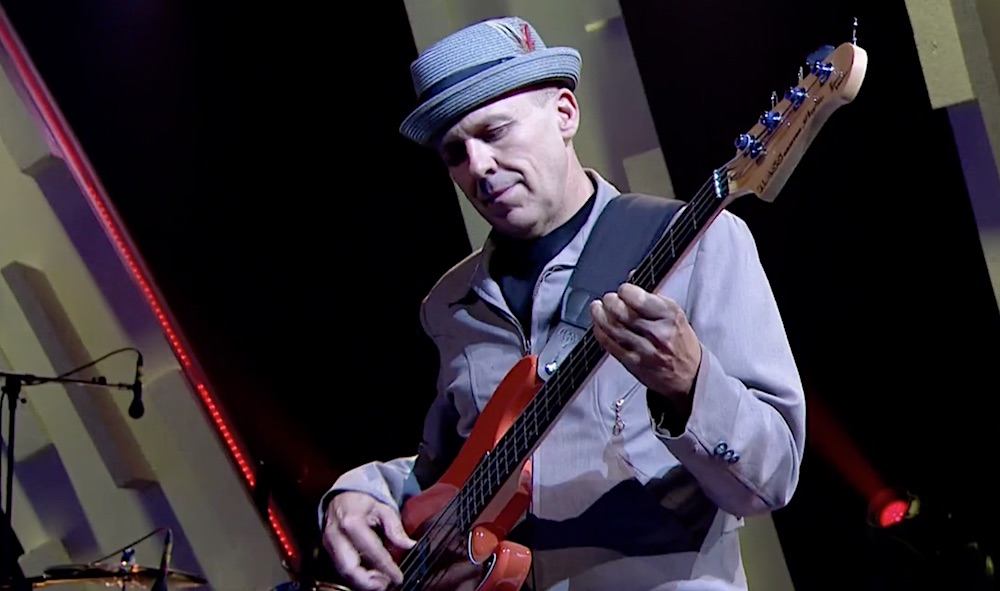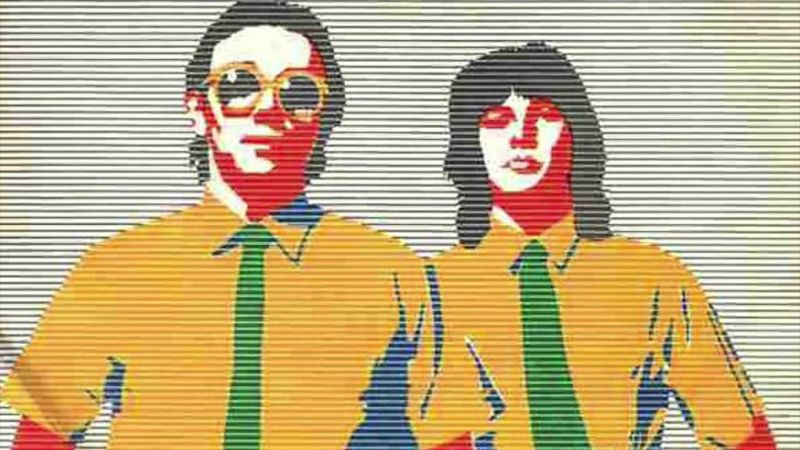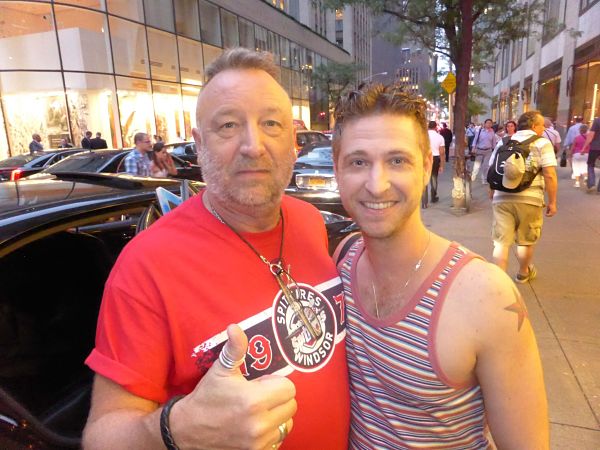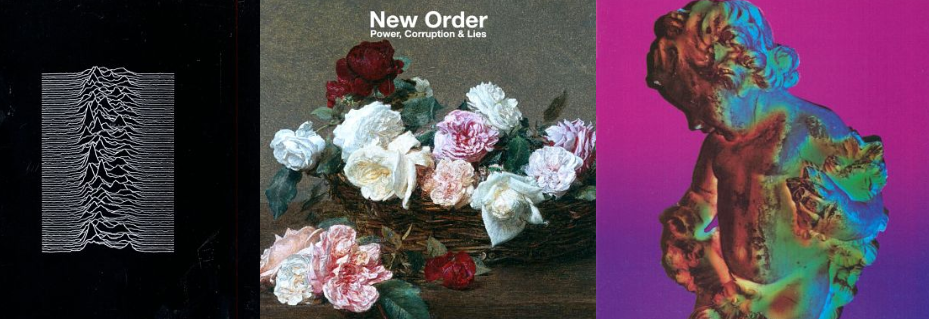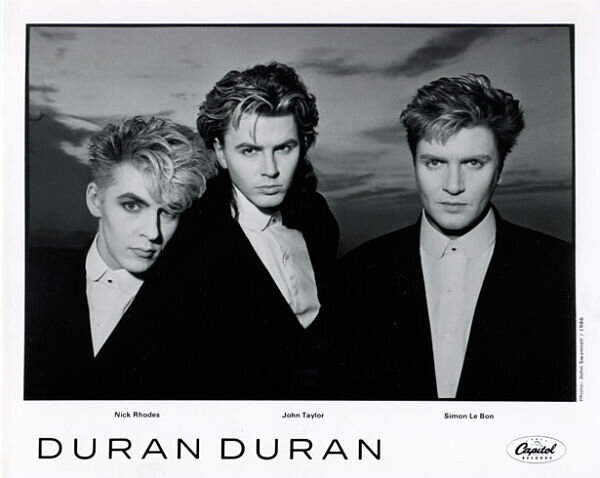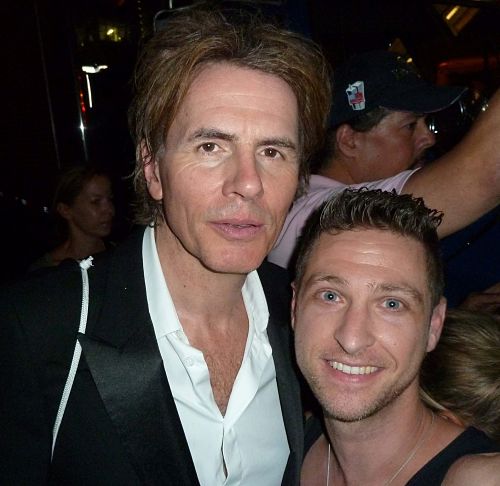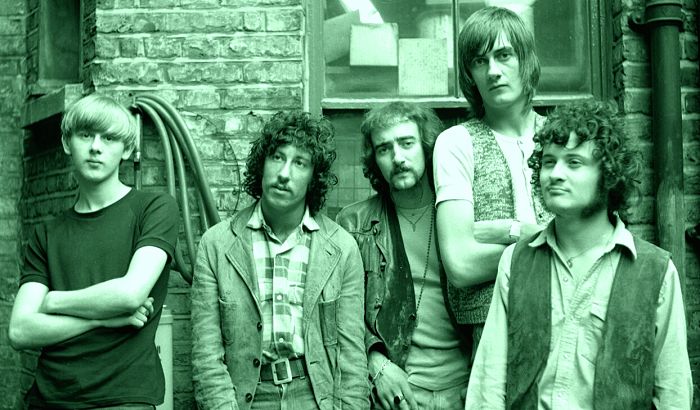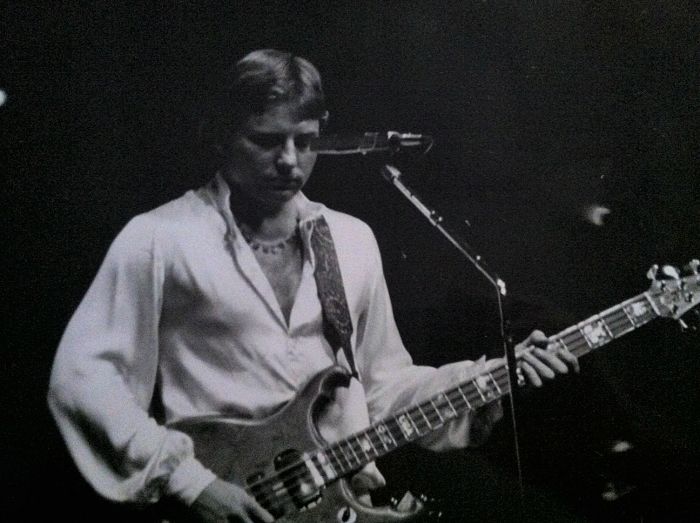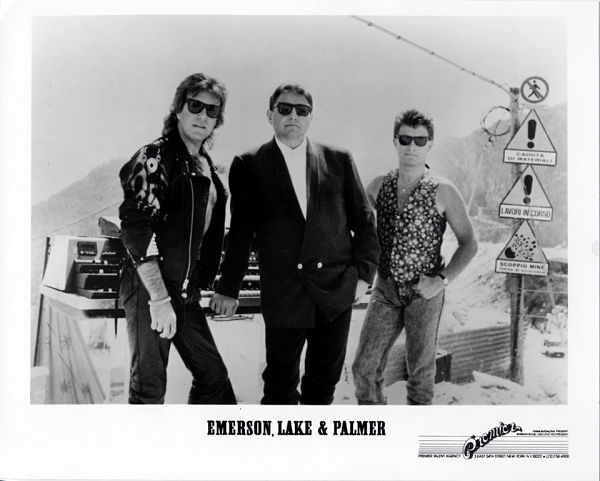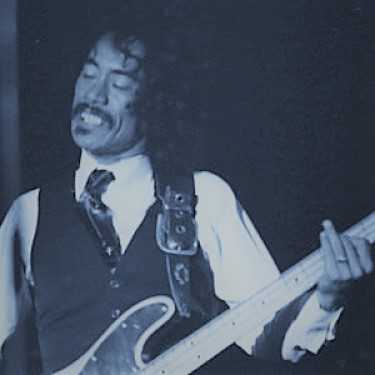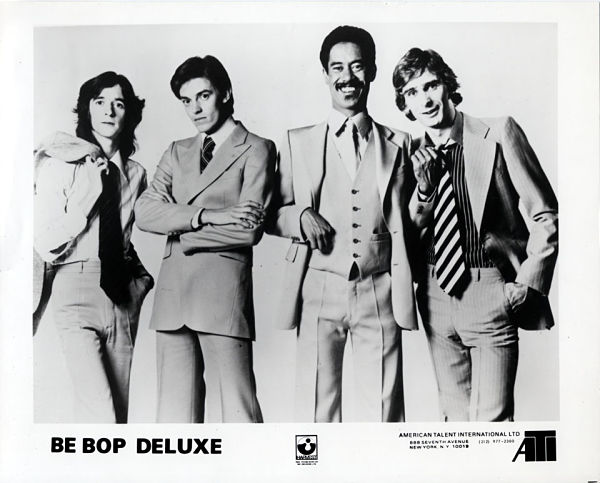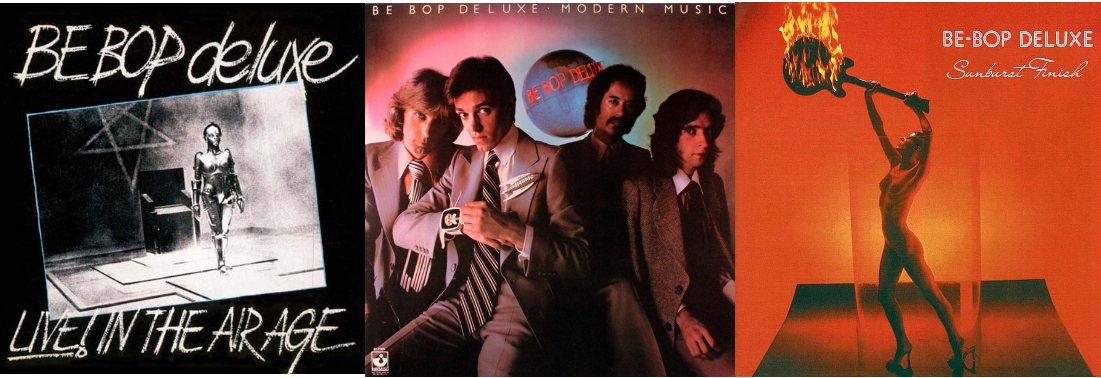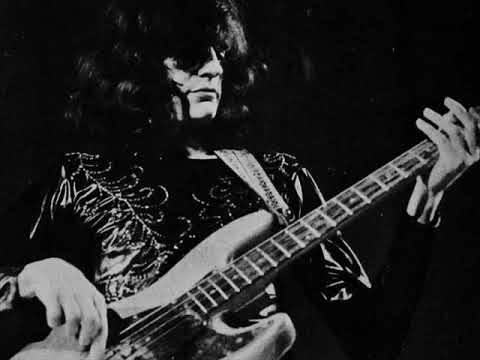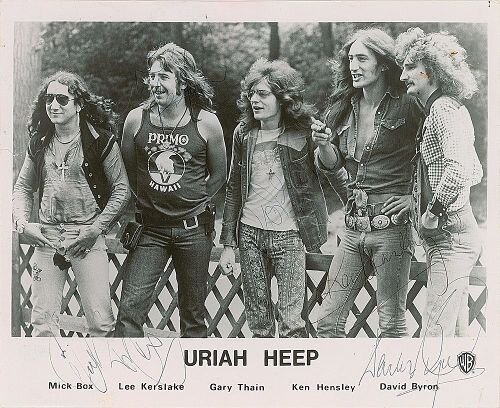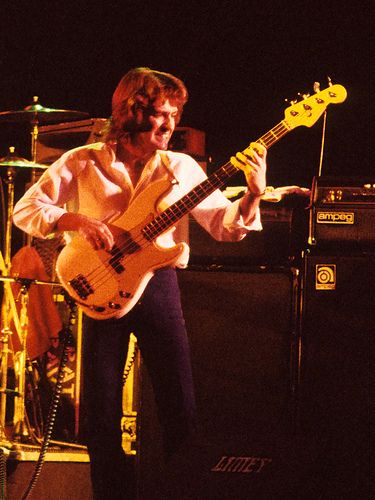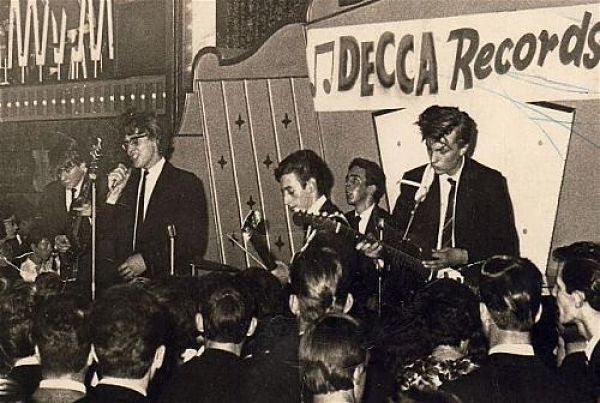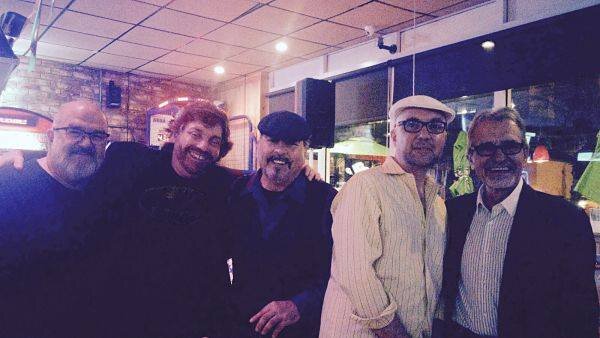
Nick Beggs, bassist, by Tom Semioli
Seminal Sides: Nick is yet another cat wherein if you discover his name in the credits, buy (stream) the slab! However for our purposes , do check out… Kajagoogoo White Feathers (1983), Genesis Revisited with Steve Hackett (2012), Do Nothing Till You Hear From Me, The Mute Gods (2016);
Artists / Bands: Kajagoogoo, The Mute Gods, Fish On Friday, Howard Jones, Steve Hackett, Gary Numan, Alphaville, Belinda Carlisle, Emma Bunton, John Paul Jones, and Steve Wilson to cite a select few.
You’re too shy shy, hush-hush, eye to eye…
It is paraphrased (by this writer) that “if you remember the 1980s – then you weren’t really there.” However, I was there, and I vividly recall the first time I heard this inescapable pop ditty “Too Shy” underpinned by a killer slap bass passage as rendered by Nicholas Beggs.
This Winslow, Buckinghamshire native first came to prominence as the anchor of the early ‘80s chart-topping, teen heart-throb Brit collective which worked under the moniker of Kajagoogoo – a name inspired by the sounds an infant (and a few heads of state…) utter in an attempt to communicate.
As is the fickle fate of many in the music biz, Kajagoogoo commercially flamed out following their fine dance-pop debut White Feathers (1983) upon the exit of their (gorgeous) lead singer Limhal (Christopher Hamill), and despite waxing two rather commendable platters under the truncated Kaja calling- card. They called it day in ’85 though they’ve since reunited on occasion.
Yet the demise of the ‘Googoo, as we affectionately refer to them, did not derail Beggs. In fact, it was just the beginning of an adventurous career as a prolific composer, collaborator, producer, clinician, vocalist, sideman, educator, journalist (Bass Guitar Magazine, Loudersound, Music Radar ) solo recording artist, and record label executive (A&R Phonogram), among other endeavors.
Among Beggs’ projects which beg recognition include prog ensembles Iona, Fish On Friday, and The Mute Gods.
Nick has also toured and/or recorded extensively with Howard Jones, Steve Hackett, Gary Numan, Alphaville, Belinda Carlisle, Emma Bunton, John Paul Jones, and Steve Wilson to cite a select few.
Nick’s weapons of choice include a MIDI modded out Chapman Stick (“Virtual Stick”), Fender Jazz (fretless), Spector 4,5, fretless), a Manson Double-Neck Nick Beggs Bass, Rickenbacker 4003, MusicMan Stingray, Wal (4,5 string), and Vigier Arpege, among others.
Beggs enjoys a high profile in the bass community – there are numerous videos and features wherein he demos products, lectures on the craft, discusses his approach to the instrument(s) and his life philosophies which are worthy of your exploration! Beggs is a strong proponent of music education – advising bassists to read, study theory, technique, and above all “listen” and play in as many situations as possible!
We had him selected for a KYBP on Film interview in 2019 however scheduling prevented our meeting, but when we return, we’ll talk with Nick.
In the meantime, dig these Beggs bass guitar and stick tracks:
Kajagoogoo “Too Shy” https://youtu.be/rkpG4XApJ28
Kaja “The Lion’s Mouth” https://youtu.be/tU_ik6msJDM
Iona “Flight of the Wild Goose” https://youtu.be/0nKiOCLcnMU
Fish On Friday “Letting Go of You” https://youtu.be/0nKiOCLcnMU
The Mute Gods “Feed The Troll” https://youtu.be/7oinol5pNWY
The Mute Gods “One Day” with Alex Lifeson https://youtu.be/9oO4PQDemQE
With Steve Hackett working a Rickenbacker 4003 “Tubehead” https://youtu.be/LRbvUtTTutA and “Everyday” https://youtu.be/KUZdQnMKuNQ
Howard Jones Acoustic Trio “What Is Love” https://youtu.be/FhtFZGOfrXc
“Portrait of Tracy” “Words Fail Me” https://youtu.be/7u-FwNLPyOk
Beggs Plays Steve Wilson (snack and nail file included) “Personal Shopper” https://youtu.be/uROM05_ARxc

